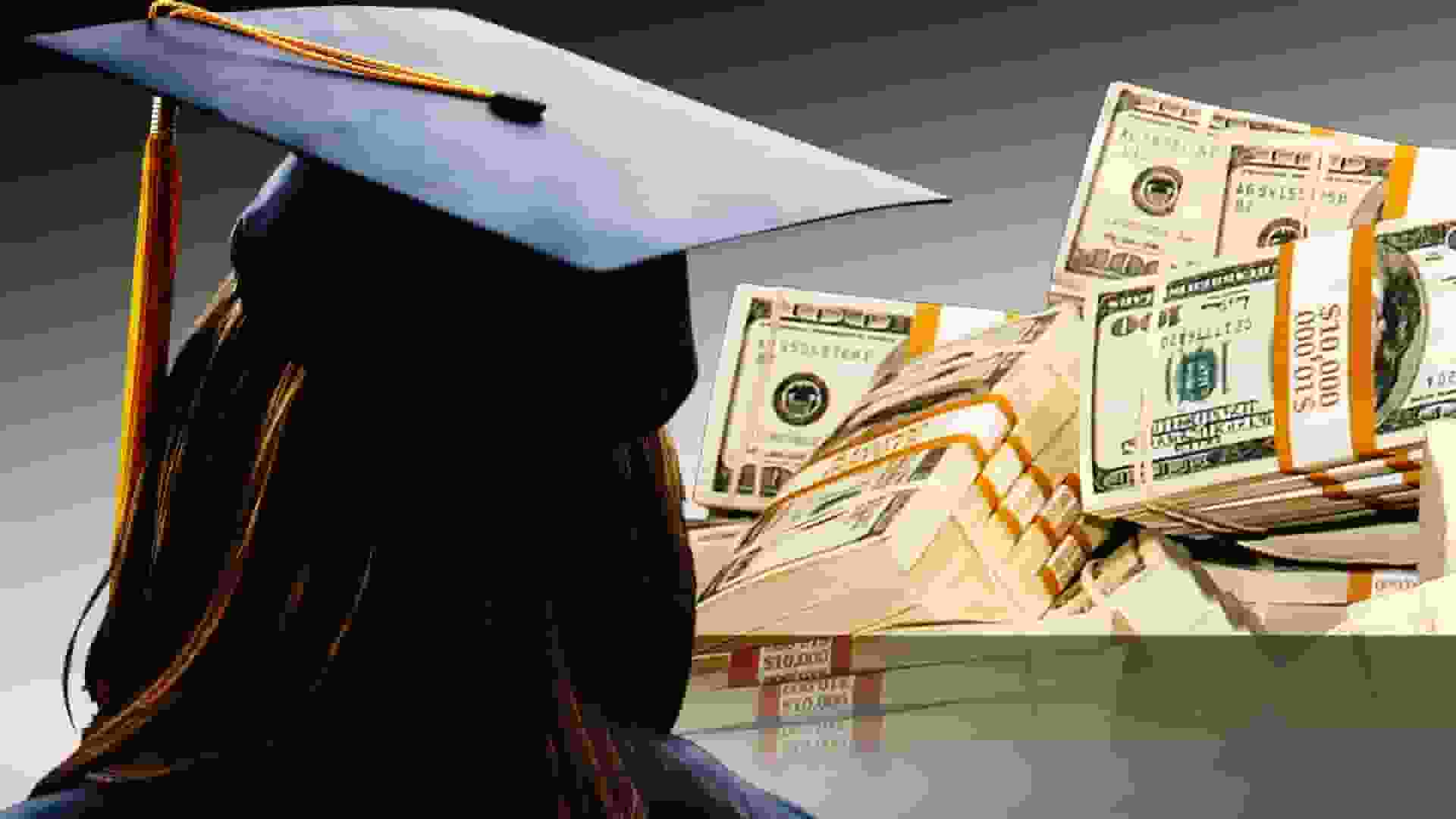Be ready, the federal student loan payments will be back this October.

Federal Student Loan Payments Return This October: Explore Different Options When Struggling To Pay Off Student Loans (Photo: Yahoo News)
If you’re already having trouble making credit card payments, the October return of federal student loan payments might completely wreck your finances. You can check the available options to solve your struggles in the pay off.
According to a Consumer Financial Protection Bureau blog post from June, one in five student loan borrowers has risk characteristics that indicate they would have trouble making student loan payments once they start working again.
During the initial 12 month student loan on-ramp phase from October 1 to September 30, 2024, the impact won’t be as noticeable. During that time, you won’t experience student loan default or a decline in your credit score as a result of missed payments.
However, interest will keep accruing making it harder to control the mounting debt. Make progress with regular payments over the course of the following 12 months. Over time, you’ll save more money and reduce your debt more quickly.
READ ALSO: Massachusetts Tax Relief And Reform Package Finally Reaches Governor’s Desk For Signature
Check this options made available for you once the federal student loan payments resume
Plan a new budget
The amount of money available for debt repayment is made clear by an updated budget. Check your bank and credit card bills for areas where you might save money or find more affordable options.
According to Kristen Holt, CEO of nonprofit credit counseling organization GreenPath, you should start by outlining where your money is going. She advises setting priorities for necessities including rent, utilities, transportation, and others. In order to avoid taking on extra debt, try to save up a minimum of $500 for emergencies.
Next, decide whether you’ll be totally focused on credit card debt or student loans. Ensure that all payments are made on time, but add more funds to the high interest loan to move the process forward. Unless fresh terms are implemented via an agreement or promotional offer, credit cards normally have higher interest rates.
Look for lower credit card interest rates
You may be eligible for low-interest options if you have a credit score of 690 or higher. For instance, a balance transfer credit card enables you to transfer debt from another account to the card in order to receive a cheaper interest rate.
The best credit card for debt transfers is one without an annual charge, with a 0% introductory interest rate, and a fair balance transfer cost of 3% or less. If that cost is less than your estimated current interest payments, you can use the money saved to pay off student loans.
Consider a personal loan that consolidates obligations into a single low-interest fixed monthly if you have several credit card balances.
Ask the credit card company whether it has a hardship plan if uncontrollable events such as an emergency or a layoff are affecting your capacity to make payments on time. Depending on the terms of the issuer, it may temporarily reduce interest and waive fees for a set period of time.
Think about an income-driven repayment strategy
Your monthly payments on federal student loans under an income-driven repayment plan are determined by your income and the size of your family.
Additionally, after 20 or 25 years of payments, the debts are discharged. Depending on your objectives and loan type, you can choose between four income-driven repayment strategies.
Renée Earwood, an accredited financial counselor and student loan coach, advises that when it comes to student loans, you should either pay them off immediately to save on interest or pay as little as possible to take advantage of any available forgiveness programs.
Earwood advises examining choices if you’re currently on an income-driven repayment plan in case a different one makes sense for your objectives.
Attend credit counseling sessions if necessary
A nonprofit credit counseling organization may be helpful if you are having trouble seeing any progress on your debt. A credit counselor can assess your financial situation, help you make a budget and decide whether you qualify for a debt management program.
With this option, you can pay a fee to combine your credit card debt into a single payment with a lower interest rate. The credit counselor can assist in identifying the best student loan repayment strategy if they are also a qualified student loan specialist.
Stop using your credit card for purchases
Avoid charging new items to your credit cards after reducing the amount of your indebtedness. The temporary use of a debit card or cash can help you stick to your budget.
Since there is a balance on the card and you are making payments, the issuer won’t terminate it due to inactivity. Keep the card open and active with tiny recurring transactions once the debt is paid off.
READ ALSO: The European Southern Observatory Releases New Image Of Stars Trailing Across The Night Sky




![Tyson Foods Plant [Photo: Food Manufacturing]](https://southarkansassun.com/wp-content/uploads/2023/08/iStock_1185520857__1_.5e441daa51cca-600x337.jpg)








![Silverado Senior Living Management Inc. [Photo: Los Angeles Times]](https://southarkansassun.com/wp-content/uploads/2023/10/download-6-4-600x337.jpg)

![China's Wuhan Institute of Virology [Photo: Nature]](https://southarkansassun.com/wp-content/uploads/2023/09/d41586-021-01529-3_19239608-600x337.jpg)















